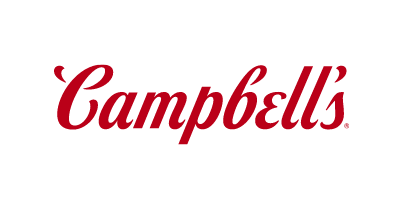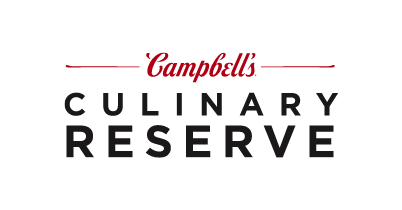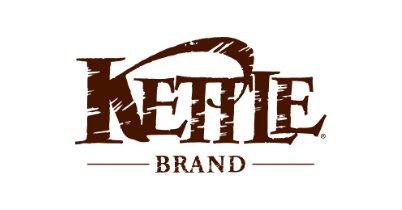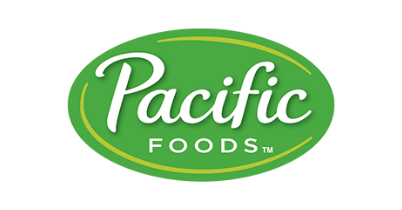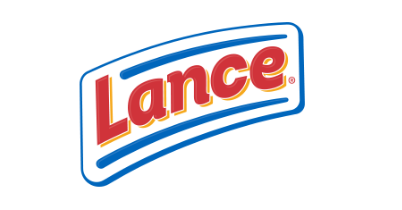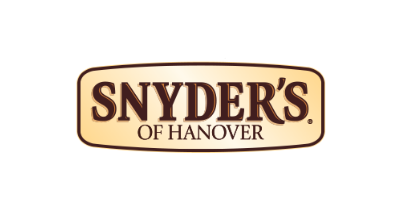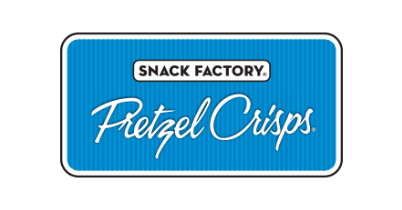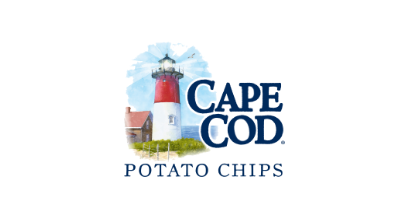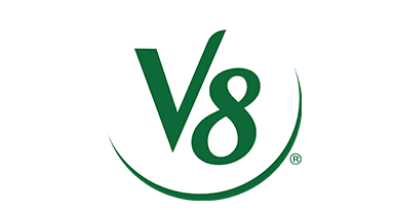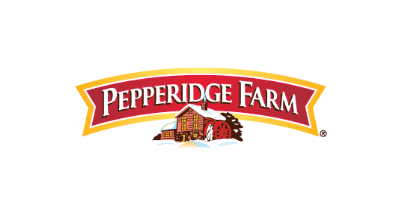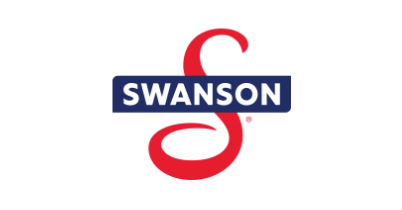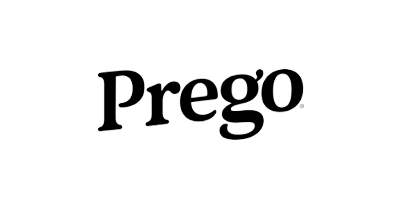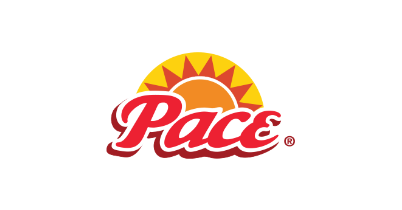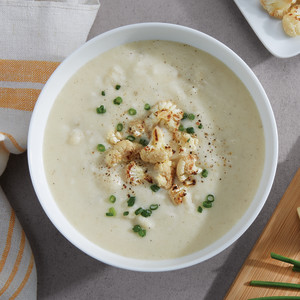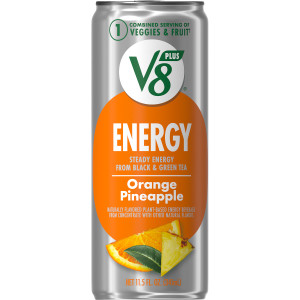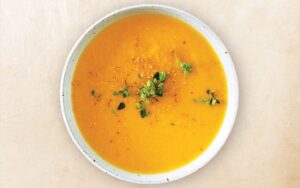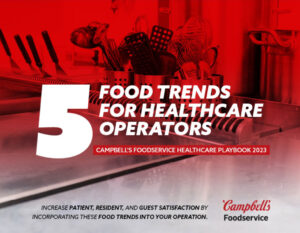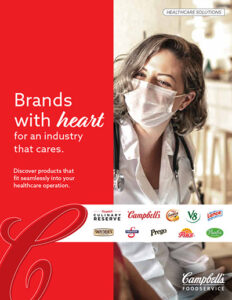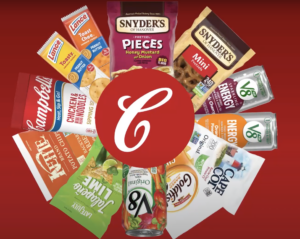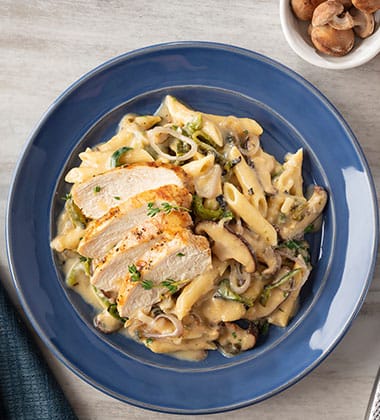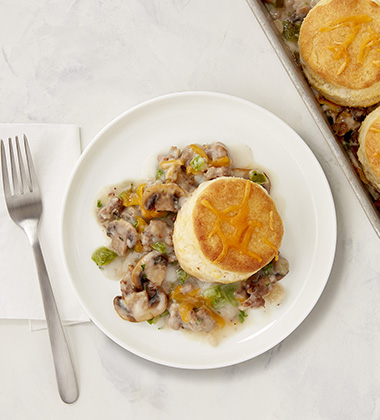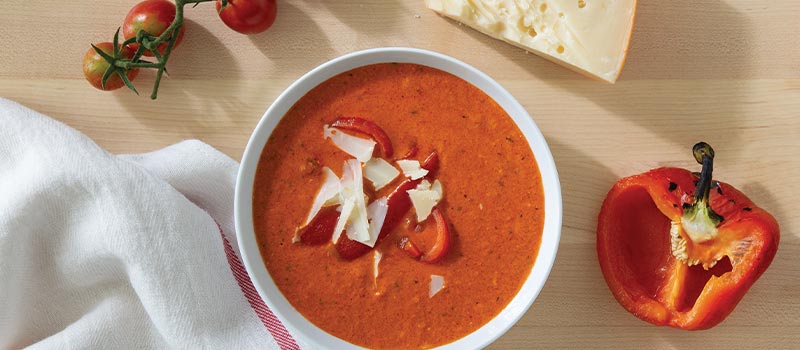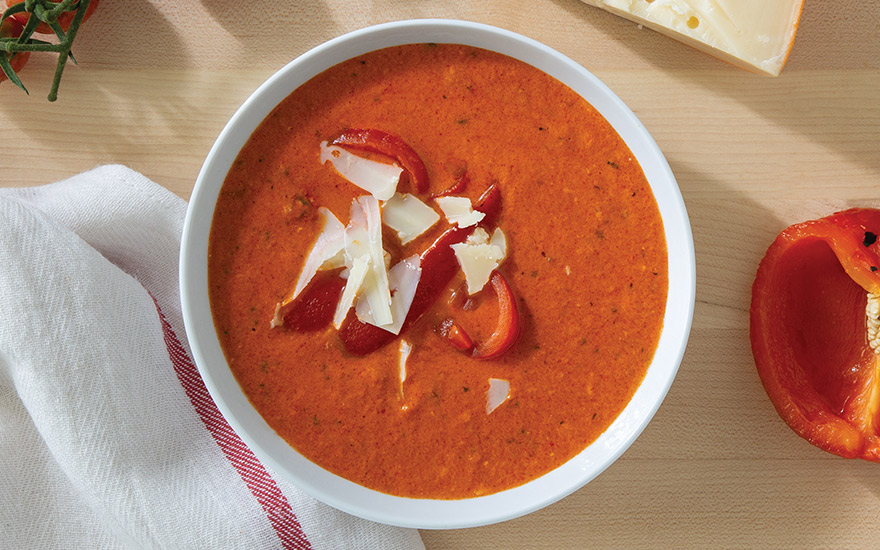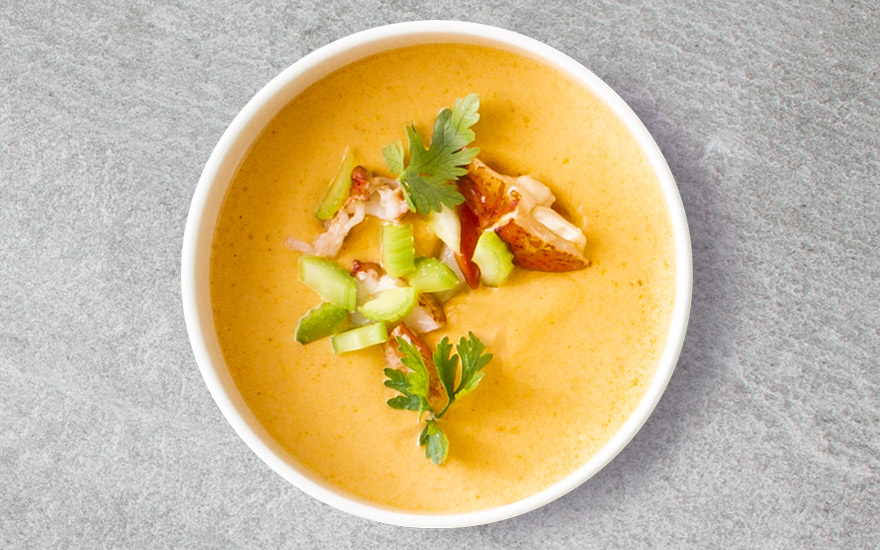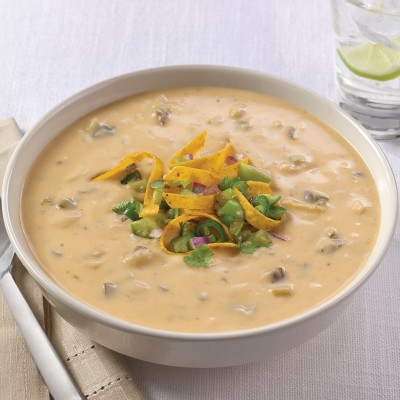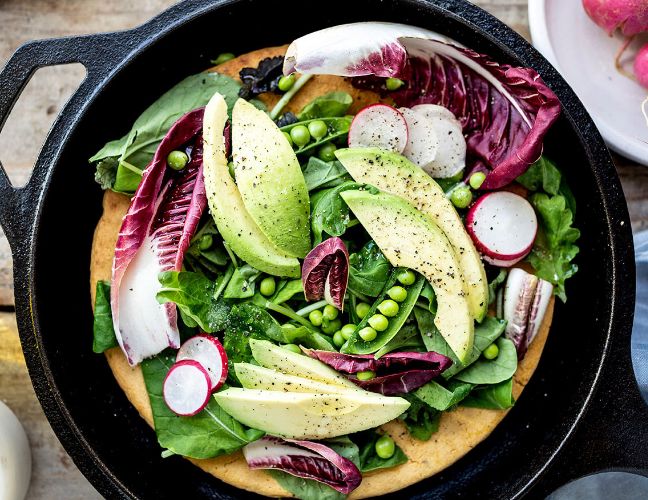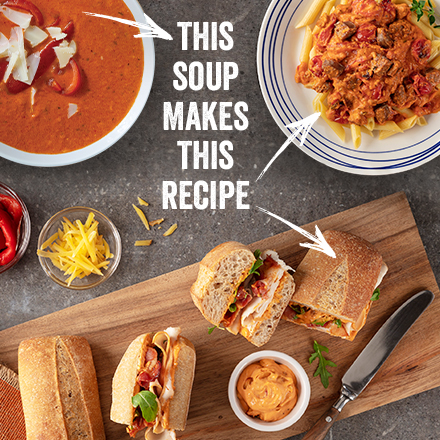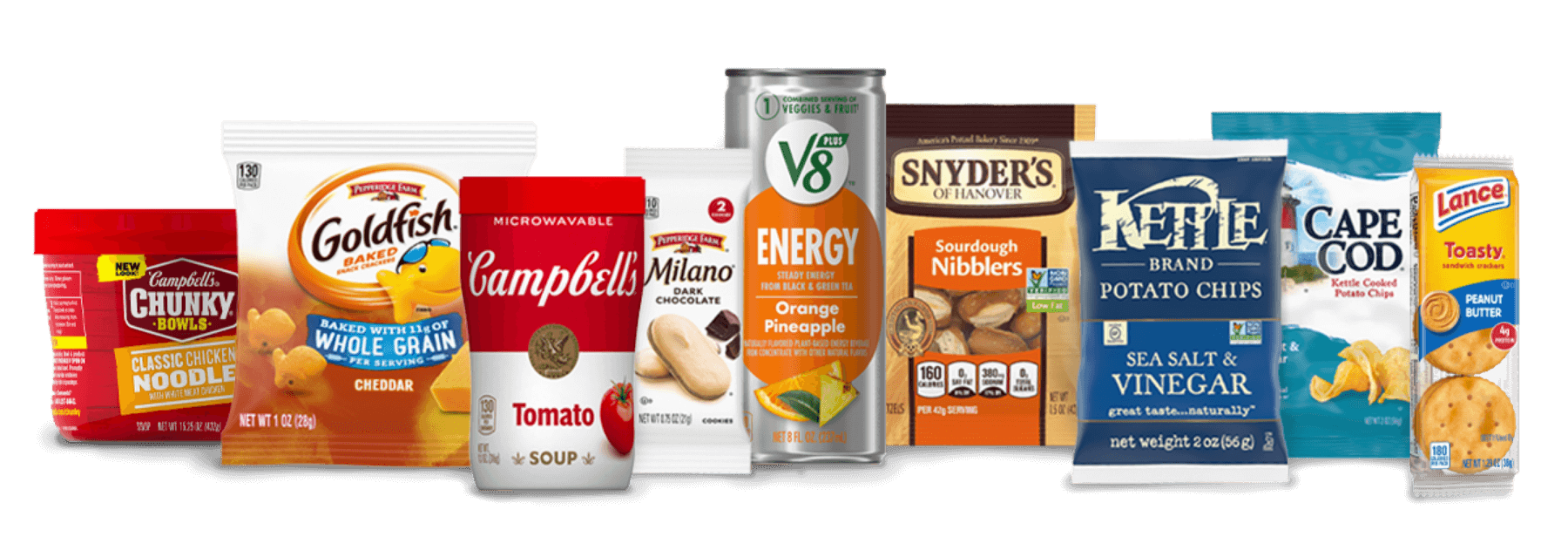A HANDY REFERENCE TO HELP YOU MAKE SENSE OF NUTRITION AND DIET TERMS.
A B C D E F G H I J K L M N O P Q R S T U V W X Y Z
Please click above to view information on terms starting with the selected letter.
ANTIOXIDANT
A substance that may inhibit oxidation caused by free radicals in the body. Examples of antioxidants include Vitamins A, C and E, as well as carotenoids like lycopene and beta-carotene.
BETA-CAROTENE
A form of vitamin A found naturally in yellow/orange vegetables and fruits.
CALCIUM
Calcium is a mineral important in building and maintaining bones, and for muscle and nerve function. Sources of calcium include dairy products, leafy vegetables and calcium fortified foods (e.g. juice and cereals).
CALORIE
A unit of energy. Calorie is a measure of food energy, or the energy the body needs to maintain itself. In foods, there are four key calorie sources – carbohydrates (4 calories/gram), protein (4 calories/gram), Fat (9 calories/gram) and alcohol (7 calories/gram).
CALORIE FREE
A food containing less than 5 calories per serving.
CARBOHYDRATES
Carbohydrates are one of the major sources of energy for powering your body, providing 4 calories per gram. The most basic form is a simple sugar such as fructose or glucose. Simple sugars are the building blocks for another type of carbohydrate called a complex carbohydrate. Complex carbohydrates are found in starchy foods such as potatoes, pastas, whole grains, and breads.
CAROTENOIDS
Pigments commonly found in plants and animals, some of which are converted into Vitamin A in the body (examples of carotenoids include Beta-Carotene, Lycopene and, Lutein). Brightly colored fruits and vegetables derive their color from carotenoids, many of which are reported to have antioxidant properties.
CHOLESTEROL
Cholesterol is a waxy substance that is present in all animal cells. In the body, cholesterol is used to make estrogen and testosterone. Blood (or serum) cholesterol is the cholesterol that circulates in the bloodstream. It is a combination of the cholesterol obtained from food and the cholesterol that the body makes. Foods high in cholesterol include egg yolk, liver, and red meats. HDL-cholesterol and LDL-cholesterol are forms of lipoproteins. Lipoproteins help transport cholesterol throughout the body. HDL (high-density lipoprotein) is the “good” cholesterol and LDL (low-density lipoprotein) is the “bad” cholesterol. HDL participates in removing excess blood cholesterol from the body; LDL is the form that can build up in artery walls and is a risk factor for heart disease.
CHOLESTEROL FREE
A food containing less than 2 milligrams of cholesterol and 2 g or less saturated fat per serving.
DAILY VALUES (DV)
Standard values developed by the FDA and USDA for food labels to help consumers assess food value. It is
an estimate of how much of a nutrient is needed per day.
DIETARY FIBER
Found only in plant foods, fiber refers to the remnants of plant cell walls that are resistant to digestion by the
human body. Dietary fiber, the fiber in our diets, can be either soluble or insoluble. Soluble fiber, such as that
contained in oats, dissolves in water and is associated with blood cholesterol reduction. Insoluble fiber, such
as bran, does not dissolve in water and produce bulk in the diet.
FAT FREE; FAT-FREE
A food containing less than 0.5 grams of fat per serving.
FATS, DIETARY FATS
Fat provides 9 calories per gram. Fat is important to maintain cell walls, provide insulation and concentrated energy. Fat also carries the fat-soluble vitamins A, D, E, and K through the body. Food sources of fat include meat, poultry, fish, eggs, nuts, butter, margarine, oil and some dairy products.
In food, there are two types of fat: saturated and unsaturated. Saturated fats are solid at room temperature and come chiefly from animal food products. Examples are butter, lard, meat fat, solid shortening, palm oil, and coconut oil.
Unsaturated fats, which include monounsaturated and polyunsaturated fats, are liquid at room temperature and come from plant oils such as olive, peanut, corn, cottonseed, sunflower, safflower, and soybean.
Hydrogenated fats are unsaturated fats that have been processed (hydrogenated) to make them more saturated, spreadable, and longer lasting. Hydrogenation produces trans-fatty acids, which may have health effects similar to those of saturated fatty acids. The most common sources of hydrogenated fats are stick or tub margarine, commercial baked goods and fried foods.
FIBER
Found only in plant foods, fiber refers to the remnants of plant cell walls that are resistant to digestion by the human body. Dietary fiber, the fiber in our diets, can be either soluble or insoluble. Soluble fiber, such as that contained in oats, dissolved in water and is associated with blood cholesterol reduction. Insoluble fiber, such as bran, does not dissolve in water and produce bulk in the diet.
FOLATE (FOLIC ACID, FOLACIN)
A water-soluble B-complex vitamin that aids in the formation of red blood cells, prevents certain anemias, and is essential for normal cell function. It is found in leafy green vegetables, some fruits, legumes, liver, and yeast breads.
GOOD SOURCE
Describes foods that contain 10 percent or more of the Daily Value per serving of a specified nutrient.
HIGH FIBER
A food containing 5 grams or more of fiber per serving, which is at least 20% of the Recommended Daily Value for fiber.
HIGH; RICH IN; EXCELLENT SOURCE OF
Describes foods that have 20 percent or more of the Recommended Daily Value or more of a particular nutrient.
HYDROGENATED FATS
Hydrogenated fats are unsaturated fats that have been processed (hydrogenated) to make them more saturated, spreadable, and longer lasting. Hydrogenation produces trans-fatty acids, which may have health effects similar to those of saturated fatty acids. The most common sources of hydrogenated fats are stick or tub margarine, commercial baked goods and fried foods.
IRON
A mineral that carries oxygen in red blood cells to the body’s cells. Foods that contain iron include meats, eggs and dark leafy vegetables.
LACTO-OVO-VEGETARIAN
Products that contain no meat, fish or poultry but may contain dairy or eggs. (see also VEGETARIAN)
LACTO-VEGETARIAN
Products that contain no meat , fish, poultry or eggs but may contain dairy. (see also VEGETARIAN)
LIGHT, LITE
A term used to define food whose fat or sodium content is reduced by 50% or more compared to a reference food. Food can also be definted as light if it has 1/3 fewer calories than the reference food, but only if the reference food contains less than 50% calories from fat. It can also refer to a food that is light in color or light in texture.
LOW CALORIE
A food containing 40 calories or less per serving
LOW CHOLESTEROL
A food containing 20 milligrams or less of Cholesterol and 2 grams or less of saturated fat per serving.
LOW FAT
A food containing 3 grams of fat or less per serving
LOW SATURATED FAT
A food containing 1 gram of saturated fat or less per serving
MSG (MONOSODIUM GLUTAMATE)
MSG (Monosodium glutamate) is a flavor enhancer used to intensify the flavor of other compounds present in foods.
NIACIN; VITAMIN B3
A vitamin essential for carbohydrate, protein and fat metabolism. Example of foods that contain Niacin are poultry, fish, beef, peanut butter, legumes, and whole or enriched grain products.
OMEGA-3 OIL
A type of long-chain polyunsaturated fatty acid associated with protection from cardiovascular disease.
OVO-VEGETARIAN
Products that contain no meat, fish, poultry or dairy but may contain eggs. (see also VEGETARIAN)
PARTIALLY HYDROGENATED VEGETABLE OIL
Oil that has been hydrogenated to modify the texture from a liquid to a semisolid or solid. Hydrogenation, the chemical addition of hydrogen, raises the melting point and converts the oil to a more desirable texture and consistency (see also FATS).
PHYTOCHEMICALS
Plant chemicals, some of which are associated with potential health benefits.
POLYUNSATURATED FAT
A type of unsaturated fat, which is liquid at room temperature and comes from plant oils such as olive, peanut, corn, cottonseed, sunflower, safflower, and soybean.
POTASSIUM
A mineral essential for nerve function and muscle contraction. Examples of foods that contain potassium include fruits, vegetable, meat, poultry, fish, milk.
PROTEIN
One of four food sources that supply energy. Protein provides 4 calories per gram. Proteins are essential for cellular repair and growth.
REDUCED CHOLESTEROL
A food containing a minimum of 25% less cholesterol than the reference food.
REDUCED OR FEWER CALORIES
A food containing a minimum of 25% fewer calories (kcal) per serving than a reference food.
REDUCED OR LESS SATURATED FAT
A food containing a minimum of 25% less saturated fat per serving than a reference food.
REDUCED OR LOWER FAT
A food containing a minimum of 25% less fat per serving than a reference food.
RIBOFLAVIN; VITAMIN B-2
A vitamin essential for the metabolism of protein, fat and carbohydrates into energy. Examples of foods that contain Riboflavin (Vitamin B2) are milk and other dairy foods, organ meats and enriched and fortified grains.
THIAMIN; VITAMIN B-1
A vitamin essential for carbohydrate metabolism (energy production). Examples of foods that contain Thiamin include whole or enriched grain products, fortified cereals, pork and organ meats.
TRANS FATTY ACIDS
A type of fatty acid that is associated with raising blood cholesterol levels and increasing the risk of clogged arteries.
VEGAN
Products that contain no meat, fish, poultry or animal by-products. (See also VEGETARIAN)
VEGETARIAN
A product that does not contain meat. Types of vegetarianism include: lacto-ovo vegetarian, ovo-vegetarian, lacto-vegetarian, and vegan.
VITAMIN A (RETINOL)
A vitamin essential for vision, growth, reproduction, and maintenance of healthy skin. Examples of foods that contain Vitamin A include liver, fish oils, eggs, dairy products. Red, yellow, orange, and dark green vegetables and fruits contain alpha- and beta-carotenes, which are converted in the body to Vitamin A.
VITAMIN B-12
A vitamin essential for energy and amino acid production. Examples of foods that contain Vitamin B12 include beef, milk, cheese and shellfish.
VITAMIN B6
Vitamin B6 is essential for the manufacture of amino acids and red blood cells. Foods that contain Vitamin B6 include fortified cereals, sweet potatoes, chicken and beef liver.
VITAMIN C
Vitamin C is essential for healthy bones and teeth and wound healing. Foods that contain Vitamin C include fruits (especially citrus) and vegetables (especially those in the cabbage family).
ZINC
A mineral essential for cell reproduction and tissue growth and repair. Foods that contain zinc include meat, eggs, seafood and whole grains.
